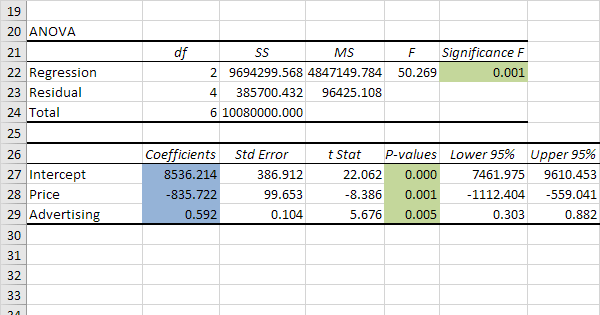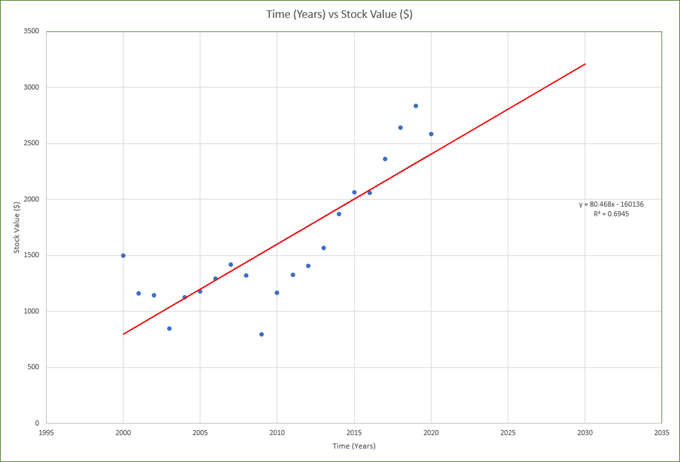
These resources will give you both a theoretical and practical understanding of the key methods of classification, prediction, reduction and exploration that are at the heart of data mining. This book, written by three data mining experts and published by Wiley, includes concepts, techniques, and applications in Excel using Analytic Solver Data Mining.
The leading data mining textbook for MBA students uses Analytic Solver Data Mining : Data Mining for Business Analytics, 3rd Edition. Our training partner offers two online courses with hands-on use of Analytic Solver Data Mining: Introduction to Data Mining and Forecasting. There are several convenient and effective resources you may want to consider to build your or your team's skills with data mining and Analytic Solver: Get Up To Speed on Data Mining and Analytic Solver You can learn about the capabilities and limits of these two versions and review the online help for more information. Analytic Solver Educational edition, with special size limits on datasets and algorithms, is available only for instructional use (faculty and students). Analytic Solver Data Mining edition is designed for practitioners and researchers who deal with large datasets. Support for Excel 2016, and the new PowerPivot add-in that ships with the new Excel. Support for Microsoft's PowerPivot add-in, which handles 'Big Data' and integrates multiple, disparate data sources into one in-memory database inside Excel. 
Excel linear regression model 2010 series#
Powerful data exploration and visualization features, in additional to its data preparation, data mining, and time series forecasting methods. Easily use each model to forecast future values. Fit a range of models including exponential smoothing, ARIMA, and standard and seasonal models. Analyze time series data using ACF/PACF plots and smoothing techniques. Use both classical methods like MLR and logistic regression, and data mining methods like CART and neural networks, and compare their predictive powerīuilt in time series analysis tools including:. Use a range of supervised and unsupervised learning techniques for continuous and categorical data. Use visualization aids from simple bar, line and histogram charts to multiple linked charts, one-click changes to axes, colors and panels, zooming, brushing and more. Powerful tools for analysis and prediction including: Partition your data into training, validation, and test datasets. Clean your data with a comprehensive set of data handling utilities including categorizing data and handling missing values. Sample data from virtually any database, including Microsoft's PowerPivot in-memory database handling 100 million rows or more. As you can see, all important parameters for the analysis are there. After clicking OK, the analysis results will appear. Also choose where you want the results of the analysis to be shown (in a new sheet or new document). 
Select Labels if your data have a mark (the first field with the variable name). In case you have several independent variables, you have to place them next to each other in the document and select them that way.

You can select only one variable, and that is called a simple linear regression. In the field Input X range select fields with independent variables. In the field where it says Input Y range, you should select a column or row with the history of the dependent variable values, the variable that is affected by other variables and whose future value you want to predict. Now you need to select data for analysis. Now click on the Data tab and then double-click the newly introduced button Data Analysis. Choose Regression. You can do this by going to Options → Add-ins.Ĭheck the first option which is used for statistical analysis. We’ll show you how you can apply it in Excel 20.Īfter you’ve prepared data for analysis, you need to turn on the statistical analysis add-in.

That is how we get a model of interdependence, and we can use it to predict the dependent variable’s value in the future. For example, we have one dependent variable and we want to determine how much other independent variables affect it. Regression analysis is a statistical process for establishing connections between certain variables.








 0 kommentar(er)
0 kommentar(er)
